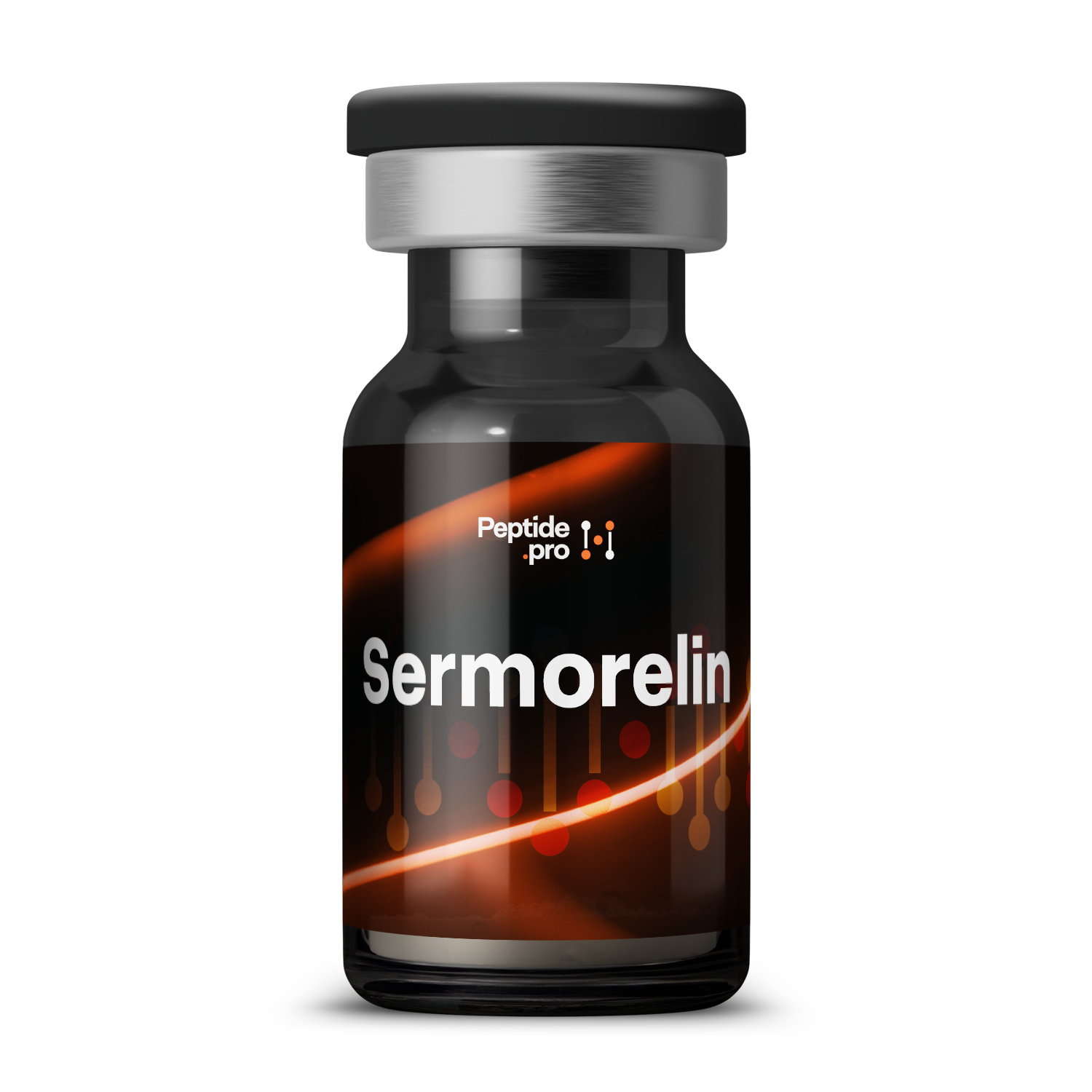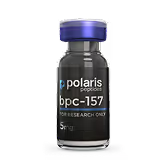Sermorelin
Sermorelin is a 29–amino-acid peptide that tells the pituitary gland to release growth hormone naturally in pulses. It helps increase IGF-1 levels to support muscle health, bone strength, and metabolism. In research, Sermorelin is used to assess and improve growth-hormone function without directly injecting hormone.
Compound Overview
About the product
The peptide sequence mirrors native GHRH(1–29) without additional chemical modifications. It contains only natural L-amino acids and retains the key receptor-binding domain. Sermorelin is synthesized by solid-phase peptide methods and purified by high-performance liquid chromatography to research-grade (>95 %) purity. Mass spectrometry confirms its identity and sequence integrity.
Sermorelin binds GHRH receptors on pituitary somatotroph cells, activating cyclic AMP signaling that triggers release of stored GH. The resulting GH pulses then stimulate the liver and other tissues to produce insulin-like growth factor-1 (IGF-1). This mimics the physiological feedback loop of the hypothalamic-pituitary-GH axis. Pulsatile GH release supports metabolic, bone, and muscle homeostasis.
Sermorelin benefits include elevating natural GH and IGF-1 levels. In adults with GH deficiency, sermorelin increases IGF-1 and improves body-composition metrics such as lean mass and bone density. It is also used diagnostically to test pituitary GH reserve. Research explores its potential in age-related decline and metabolic disorders.
Reported sermorelin side effects are generally mild, most commonly injection-site irritation and transient flushing or headache. Hypersensitivity reactions are rare. Because it stimulates endogenous GH, it carries a lower risk of GH-overdose effects than direct GH administration. Long-term safety data are limited; monitoring IGF-1 and glucose tolerance is recommended.
Sermorelin is produced by Fmoc solid-phase peptide synthesis, assembling 29 amino acids on a resin support. After cleavage, it is purified by preparative HPLC to ≥95 % purity. Analytical HPLC and mass spectrometry verify sequence and purity. Production adheres to peptide-compounding standards under good laboratory practice.
Sermorelin is approved in some countries for diagnostic testing of GH deficiency but is not universally approved for GH-deficiency treatment. It is classified as a prescription peptide and may be used under endocrinology guidelines. Off-label use for anti-aging or fitness purposes is generally not approved. Availability varies by region.
Sermorelin dosage for diagnostic use is typically 0.1–0.2 mg administered subcutaneously once daily in the morning. For research or therapeutic protocols, similar dosing schedules are used, often over several weeks. No standardized long-term therapeutic guidelines exist outside approved diagnostic protocols. Administration should follow endocrinologist oversight.
- Do administer in the morning to mimic natural GH peaks.
- Do monitor IGF-1 levels and glucose tolerance during use.
- Don’t combine with exogenous GH without clear clinical indication.
- Don’t use in active malignancy or untreated pituitary tumors.
- Q: How soon does IGF-1 rise?
- A: Increases typically appear within two weeks of daily dosing.
- Q: Does it require GH-releasing hormone testing?
- A: Yes; sermorelin is often used diagnostically to assess GH reserve.
- Q: Is it effective for anti-aging?
- A: Evidence is limited; its primary use remains diagnostic and GH-deficiency support.
For research use only. Not approved for medical use.


